What is the current status of the “Make It Zero” initiative?
John Herbert: We are overwhelmed by the response that we have received. All the top companies we approached so far have said yes. So, we had a great start. In the task force of retailers and suppliers, we have 14 people. These experts have been working together, alongside Ricardo, in shaping Make it Zero. We just have done a survey, asking if the members are happy with it or what could be done better, and the results have been extremely positive, particularly about the work of Ricardo, our sustainability leader. That is very encouraging.
How many retailers and suppliers are participating? Are there still some Edra members missing?
We have, at this moment in time, 22 major retailers and 39 global suppliers as members of “Make It Zero”, and these are the top companies in the industry. Not all EDRA/GHIN members are participating yet, but many more are expected to join this year.
Although we are really still in the initial stage, we have already committed 800.000 EUR for this initiative, and there is a lot more to come. The initiative has become much more powerful than I could have imagined.
You had originally expected more momentum in the industry, right? Why are some companies still hesitating? What reservations have you encountered?
The home improvement business is not booming at the moment; everyone is particularly careful.
Also, I think these companies don’t know the depth of what we are doing with Ricardo. Scope 3 is very complicated, it’s not easy to understand even for me, and I have been involved now for a year and a half. However, I am sure than once it becomes clearer of the benefits of this project, more will join.
But I have no worries about going forward, because there are many more companies interested to join us. Just today we got a new subscription, and there are another ten in the pipeline.
I do expect that membership of this initiative will accelerate when the message really gets through on how effective this Scope 3 initiative is and how the companies are benefiting by being a member. It’s not huge cost, and it has a massive effect on the industry.
We are just at the beginning, so I could imagine that one day we could get up to 200 members, even more. This is a sector initiative, and we want all the retailers and suppliers to join us and support the decarbonisation of the sector. What can be a better aim for us? And to say to the future generation: this is what we did! We are not sitting back, we are not talking about it – we are doing something.
Speaking about costs: Is that one of the main reasons against membership?
Not at all. The very small suppliers only pay 400 EUR per year, for that they can use the knowledge hub, the training academy, they can have one-to-one training, they get all the information they need. The bigger international companies are paying 15,000 EUR. I think both sums relative to the size are really very low. But the effect – when everybody is doing that together – is quite astounding
However, do you understand these hesitations?
Yes, absolutely, of course. It’s up to us to really make it very clear what we are doing, how we are doing it, what effect it will have, what the members will save by doing it in time and in money. This learning from each other has been highly acclaimed so far and it is very successful. So, I understand the reservations, and it’s our job to try to influence the people to join this initiative.
The “Make It Zero” initiative aims to make the home improvement industry – the entire industry worldwide – CO2-free. Couldn't you have set a less ambitious goal?
It is an ambitious goal, but you have to aim high if one wishes to make an impact. We might never be carbon free worldwide, but we have to make inroads.
I feel most proud when we have a webinar at noon here Europe, we see people sitting in front of their screens in early morning in the US, in Chile, and in the evening in Japan, Australia and New Zealand. Seeing all these people of all these world class companies taking part is very, very encouraging.
Of course, it will be very difficult to get the whole industry free of carbon. But I think by working together with Ricardo and finding out where the hotspots are, where a lot of the carbon footprint is, working on it together to reduce it, is going to have a major effect on reducing the carbon footprint in our sector. Yes, we are very ambitious. But having such a target drives you forward to try and to do everything to attain it.
The alternative is not to do anything. But climate change does not allow us to not do anything.
Won't CO2 reduction across the entire supply chain make products more expensive? What will end customers say?
We are not that far yet, that we know, but they may be a little bit more expensive. But what is the alternative? Whether we like it or not, climate change is there, we have to do something about it. And we are going to do something.
In some cases, having products that are produced in a more sustainable fashion can in fact be cheaper for the end consumer. For example, power tools that use less energy, water using devices that use less water, or less heat to produce this water. Even longer lasting paints or insulating of homes – these types of sustainability minded projects can in fact reduce costs in the longer term. The initial investment might be higher, but the savings will be seen in the long term.
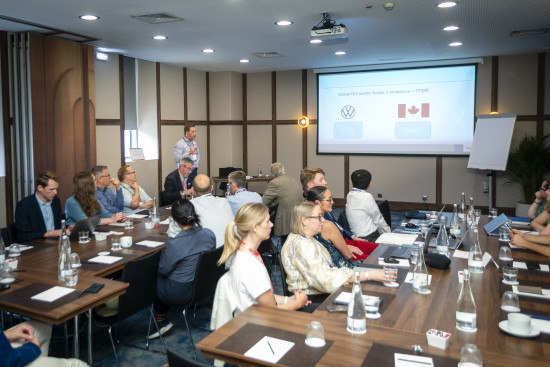
For those of us in the industry, the video you shared on Linkedin this summer was a sensation: John Herbert in a T-shirt instead of a suit, shirt and tie! Your aim was to draw attention to climate change and promote “Make It Zero”. The issue is also very important to you personally. Why so?
Yes, we had 39 degrees here in Cologne ... I can never remember a day as hot as this.
My aim wasn’t to draw attention, but it was an ideal opportunity to demonstrate the environment surrounding me: we are seeing the impacts of accelerated climate change, floods, forest fires, droughts, extreme weather et cetera, these will grow in number and severity unless we take steps now to tackle climate change.
The more you see the suffering around the world, the more you are determined to do something. If we don’t do something – who is going to do it? This is why I’m appealing to retailers and suppliers to join the initiative: We are not in it for fame, for fortune, we are not making a profit on this initiative, but we are very passionate and absolutely determined to do all we can to reduce the carbon footprint globally in our industry. There is no other retail sector that I know that is in such an excellent position to launch such a project. We still have a long way to go, and I appeal to everybody in our home improvement sector to join this initiative.
What are the next steps?
We now will have a training academy, improving the methodology, we will extend it to one-to-one trainings. To really work as a sector initiative, we need to get everyone on board. We have to work together in this sustainability issue, we all have to work in our supply chains, upstream and downstream, to ensure that we have the biggest impact possible.
We are going to form a board of people from retailers and suppliers together, who will monitor everything. They will control the money that is coming in and that is going out. There is no profit-making. The money is all going to be invested.
And we will start a massive campaign in September. We have to convince, to really inform people. My expectations are that we will have at least 100 members by the end of the year – and probably a lot more if it really takes off. Then we can feel that we are winning.

 Menü
Menü




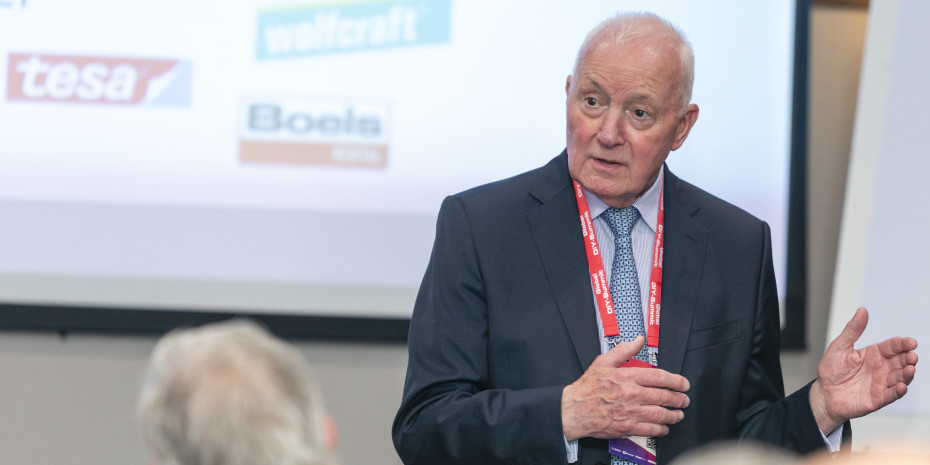
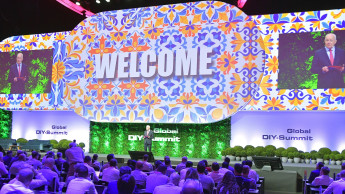

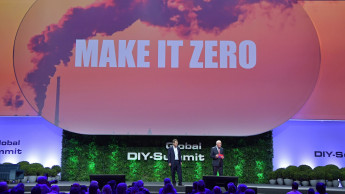
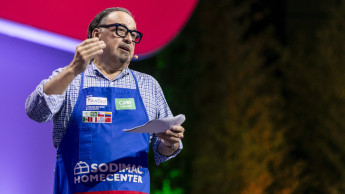
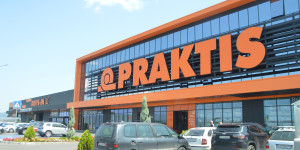


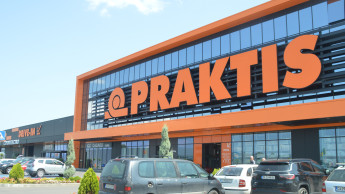
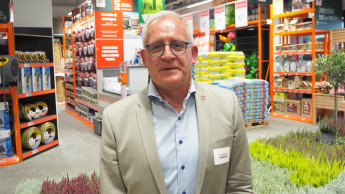
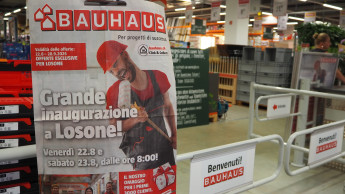
 Newsletter
Newsletter